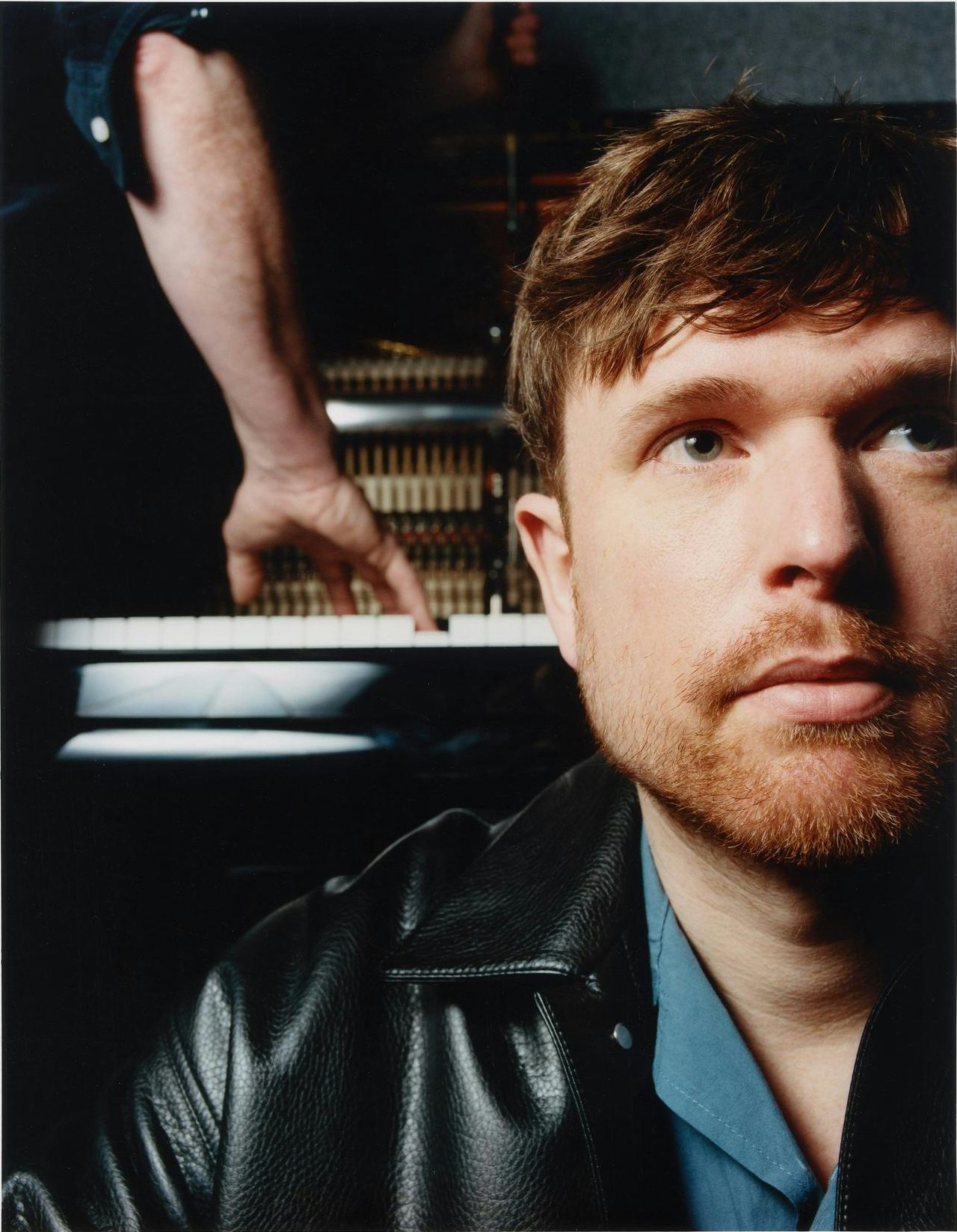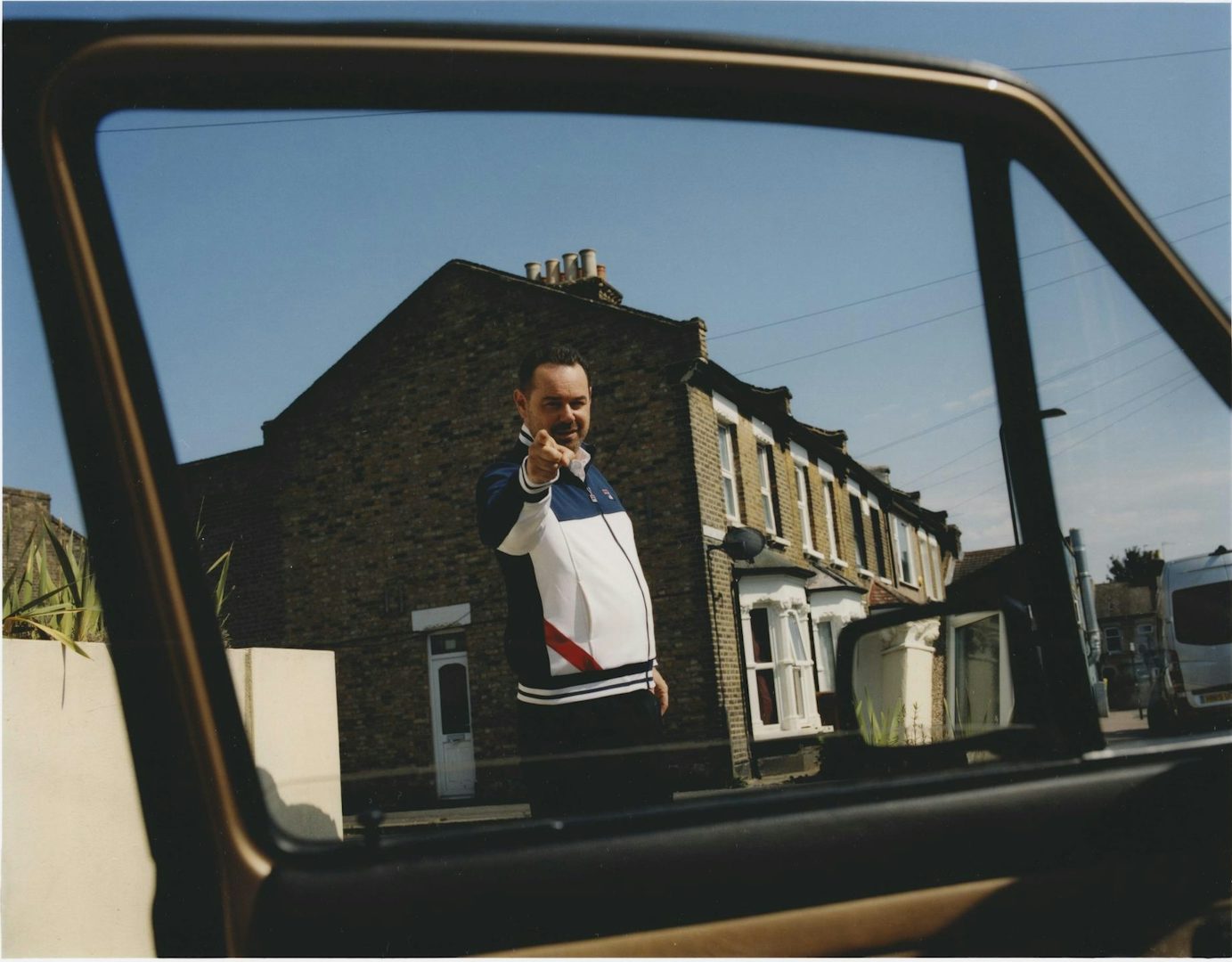Gradwatch 2025: Jamie Salmons, London College of Communication
Photographer Jamie Salmons has been chosen as part of our annual Gradwatch showcase, where we celebrate the next generation of talent in the creative industries
Graduating from London College of Communication, photographer Jamie Salmons has already been booked for a plethora of projects, working with brands such as Burberry and publications including i-D, GQ and The Cut. Having photographed a range of revered artists, rising bands and sports stars – from James Blake to Andy Murray – there are certain stylistic traits that can be mapped out across his work.
“Colour has always played a big part in my work but recently I’ve been drawn to primary colours a lot,” Salmons tells Creative Review. “I realised recently that in my portraits, the subject rarely looks down the barrel of the lens. It made me think about how I’m more of an observer than a director. I don’t want my subjects to perform for the camera, but instead to capture their essence.”

Salmons grew up around creativity, spending his childhood drawing Pokémon and Subaru rally cars with his brother. His father taught him how to use film and analogue settings on an Olympus Om10 – a camera that remains in the photographer’s arsenal to this day. Like many of his peers, the internet enabled him to explore his creativity in more depth. Using it as a tool for connection, Salmons found like-minded people with similar passions, and the web sparked an interest in photography within him.
Salmons was 12 when he started his own Instagram account, where he posted a mix of iPod and digital camera photography. The subjects were what you’d expect from someone pursuing photography for the first time within that era; he photographed landscapes, macro photos of eyes and flowers. “The photography community on Instagram in the mid 2010s was very supportive and really taught me everything I know,” he says.

It was at university that his assumptions were challenged, doing away with notions of how one has to be as a photographer. It motivated him to crystallise his own vision and style. “I went in with a very fixed idea of what I wanted my photography to look like. It was super editorial – punchy and in-your-face. The course definitely helped loosen that idea and ask why I was aiming for what I was,” he explains. “There are ways I approach an image and certain colours and compositions I tend to go for. I think these tendencies are important to recognise and lean into – they’re you.”
This approach is evident in a personal project titled Two Minutes Up the Hill. It captures the area that Salmons is from, and creates a juxtaposition between what the place looks like now for him, following his grandfather’s death. “His passing was my first and only experience of loss at the time, and looking back, this project was my way of processing what had happened,” he reflects. “I became profoundly aware of the tight-knit dynamic between my family home and my grandparents’ cottage, just a two minute walk away. Everyone has a ‘hill’ in their life. For me, my experience of loss brought a sense of spirituality, and I began seeing my grandfather in objects and changes in the weather. I wanted this hill to represent this universal experience that comes with grief.”
I’m more of an observer than a director. I don’t want my subjects to perform for the camera
Salmons has an eye for the candid; the unexpected and intimate moments that feel more profound and memorable to the photographer than perfection and performance. “My first few rolls, using my family as test subjects, became increasingly significant in the lead up to my grandfather’s death. By integrating these into the book sequence, time is homogenised. Figures appear twice at different ages, landscapes are changed and weathered, the past converses with the present. I constantly prompted myself to imagine which images would be of most interest in ten, 30 or 50 years.”
He added, “More often than not, it was not birthdays or Christmas celebrations, but a mundane conversation in the corridor, or an unexpected frosty morning in my Granny’s garden.”


Looking towards the future, Salmons is keen to have his own solo exhibition of personal work one day. Though he’s been commissioned for many editorial shoots already, it’s his personal work that brings him fulfilment. The freedom is an outlet from the anxieties Salmons feels as a young photographer, and he cites self-confidence in the creative industry as his main challenge. “I often compare myself to photographers that are much older and have much more experience than me. It has its advantages but can often set the bar so high that you lose confidence in something you should really be happy with.
“The creation of Two Minutes up the Hill was so fulfilling and rewarding for me simply because I had no expectations of myself,” he muses. “I was just observing and documenting like I did when I first picked up a camera. It felt like a left turn at the time to make work about something so personal, but seeing how it resonated with people and having those conversations at the degree show switched something in my head: people want to see your side of things.”










